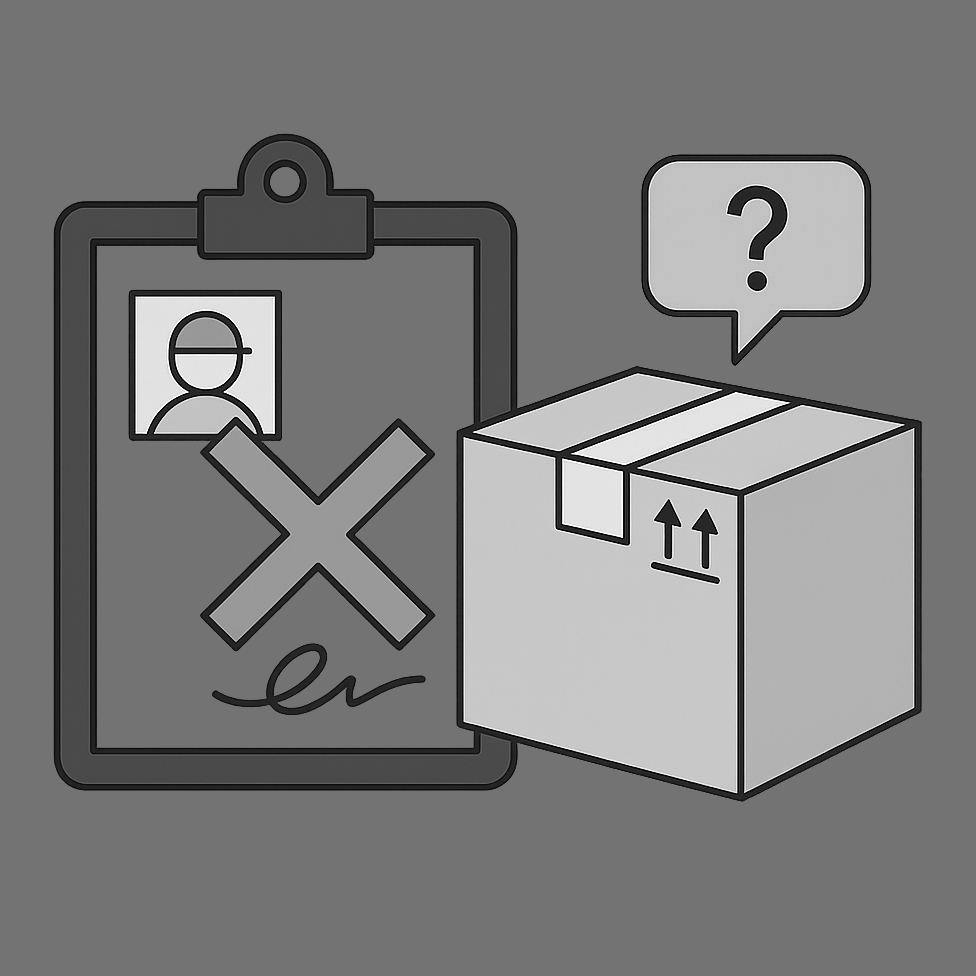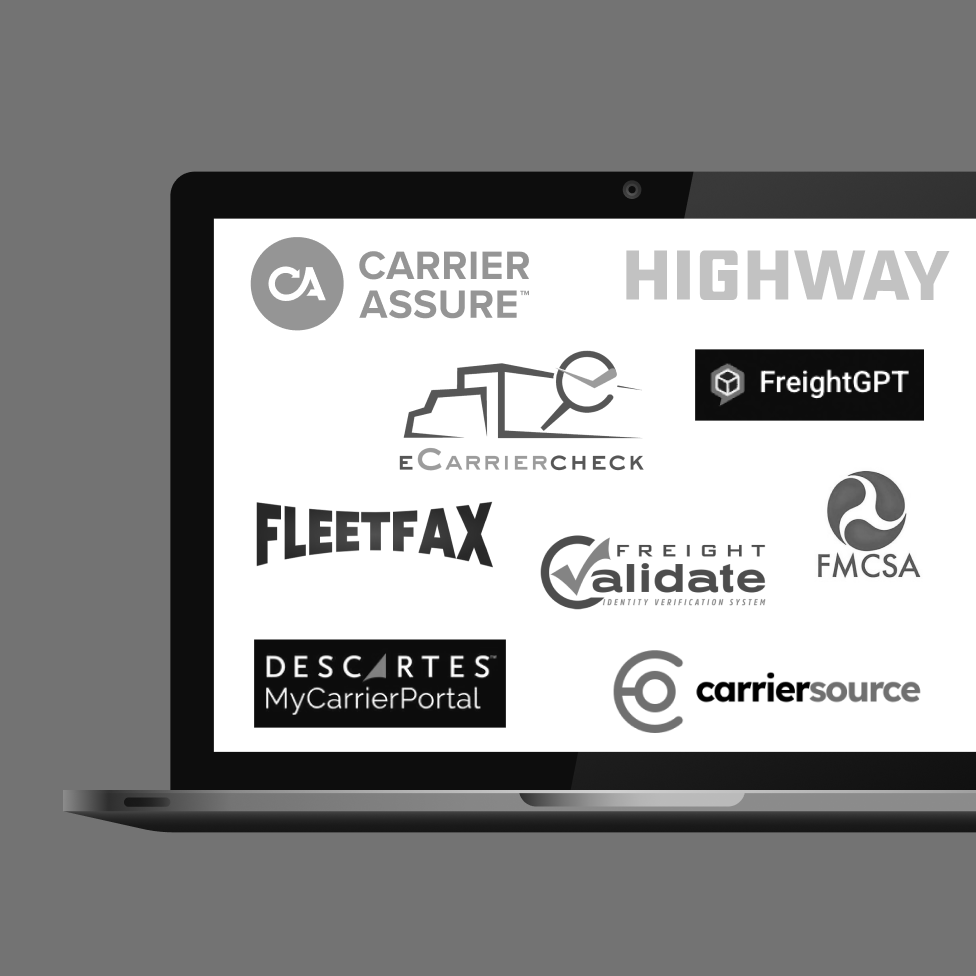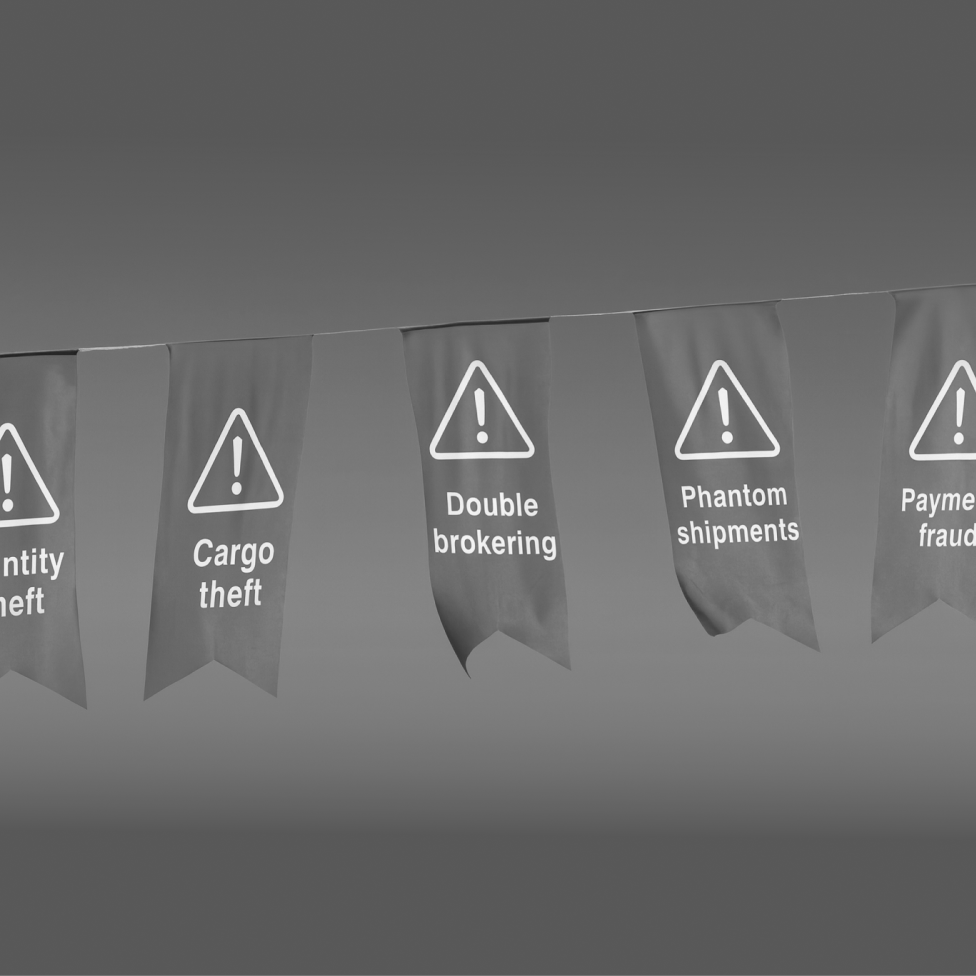The flatness of the last quarter might seem uneventful, but it's actually good news. Hitting a period of stability in a market fraught with volatility suggests that we might be at the lowest point in the market's recent downturn. And as the old saying goes, once you're at the bottom, there's only one direction left: up.
Key Takeaways:
- The recent stagnation in the freight market is a positive sign of recovery after a turbulent year.
- Contract rates have slightly decreased, narrowing the gap between spot and contract rates, but still need to go down by 12%-15% before leveling off.
- Inflation has decreased, and consumer confidence is up, but the cost of living remains high, with food and energy prices significantly higher than last year.
Flat Freight Market is a Good Sign
The freight market's recent stagnation may not immediately strike as positive, but it marks the first sign of recovery we've seen in a year. Although challenges persist, navigating a stable market is easier than a turbulent one.
Looking at outbound tender volumes, which refer to the number of freight loads available, there was a minor uptick in May. Despite holding steady throughout the quarter, these volumes were still somewhat higher than in 2019. While 2019 might not be an ideal reference point for normal because it was over four years ago, it can be considered a low-end expectation point.

Over the last month, the Outbound Tender Reject Index experienced minimal movement, hovering around 3%. These rejection rates, albeit low, are insufficient to drive sustainable growth in spot rates. Flatbed trailers offer the greatest potential, reporting the highest rejection rates among all trailer types.

Last quarter also saw a slight decrease (2.4%) in contract rates, reducing the gap between spot and contract rates. Compared to the rate difference in 2019, contract rates still need to go down by 12%-15% before leveling off.
Diesel Fuel Prices are Going Down
Truck drivers and fleets have been hit hard by the difficult conditions in the freight market. Many are losing money because of high operating costs and lower rates. But there's a glimmer of hope—diesel prices are decreasing, down nearly $2 from a year ago! Lower fuel costs are providing some much-needed relief.

Correction in Inventory Surplus as Consumer Spending Recedes
Suppliers have mostly tackled last year's inventory surplus and no longer carry the burden of extensive, unsold stock. While this may initially paint a favorable picture for the freight market, consumer caution in spending on goods directly influences this scenario.
In a surprising change, inflation decreased from 6% to 4% between February and May. At the same time, consumer confidence is now higher than it has been since January 2022. Yet, despite these optimistic signs, consumers continue to grapple with a high cost of living, evident in food prices up 6% and energy prices up 11% compared to last year.

For increased consumer goods spending - and, by extension, the freight industry - wage growth must outpace inflation. As consumers opt to spend more on services instead of goods over the summer, the freight demand could face a slowdown.
The job market is causing concerns as unemployment rose to 3.7% in May, and jobless claims reached their highest level in almost two years. As we enter the third quarter of 2023, there is a growing gap between lost jobs and the ones available. This mismatch in the labor market may lead to a decrease in demand for freight and goods in the second half of the year.
The resumption of student loan payments after 39 months of deferral will come as a shock to most households. A sudden increase of hundreds of dollars per month will force consumers aged 18-44 years old to cut back on discretionary spending. Since portions of this demographic have a tendency to prioritize experiences over goods consumption, we can expect this will produce a small to moderate headwind heading into back to school and holiday spending.
More of the Same in the Second Half of 2023
The second quarter of 2023 managed to maintain a steady pace, a silver lining in our current freight market landscape that continues to grapple with oversupply and underwhelming demand.
Carriers are in a tight spot, with rates skirting below the breakeven point, making the spot market highly reactive to even slight disruptions in capacity. This situation challenges smaller carriers, who find covering costs a tough task. Lower diesel prices provide some relief, but it may not be enough to prevent smaller carriers from exiting the market.
Historically, freight demand tends to cool down in July, but the market is straying from its usual course this year. Shippers have differing opinions regarding the outlook for the remainder of the year.
According to some experts in the industry, if there are no unexpected changes in demand, the market has already gone through the worst and is expected to recover in the second half of the year.
For now, however, it's reasonable to anticipate a continuation of the status quo, with supply outpacing demand, until our key indicators, such as the Outbound Tender Reject Index and the contract-spot rate spread, signal a significant shift in the market. Vigilance and adaptability remain our best allies in this dynamic environment.

Denim’s automated solutions streamline your back-office operations. Explore our solutions to see how Denim can help your business scale efficiently.
There's a better way







